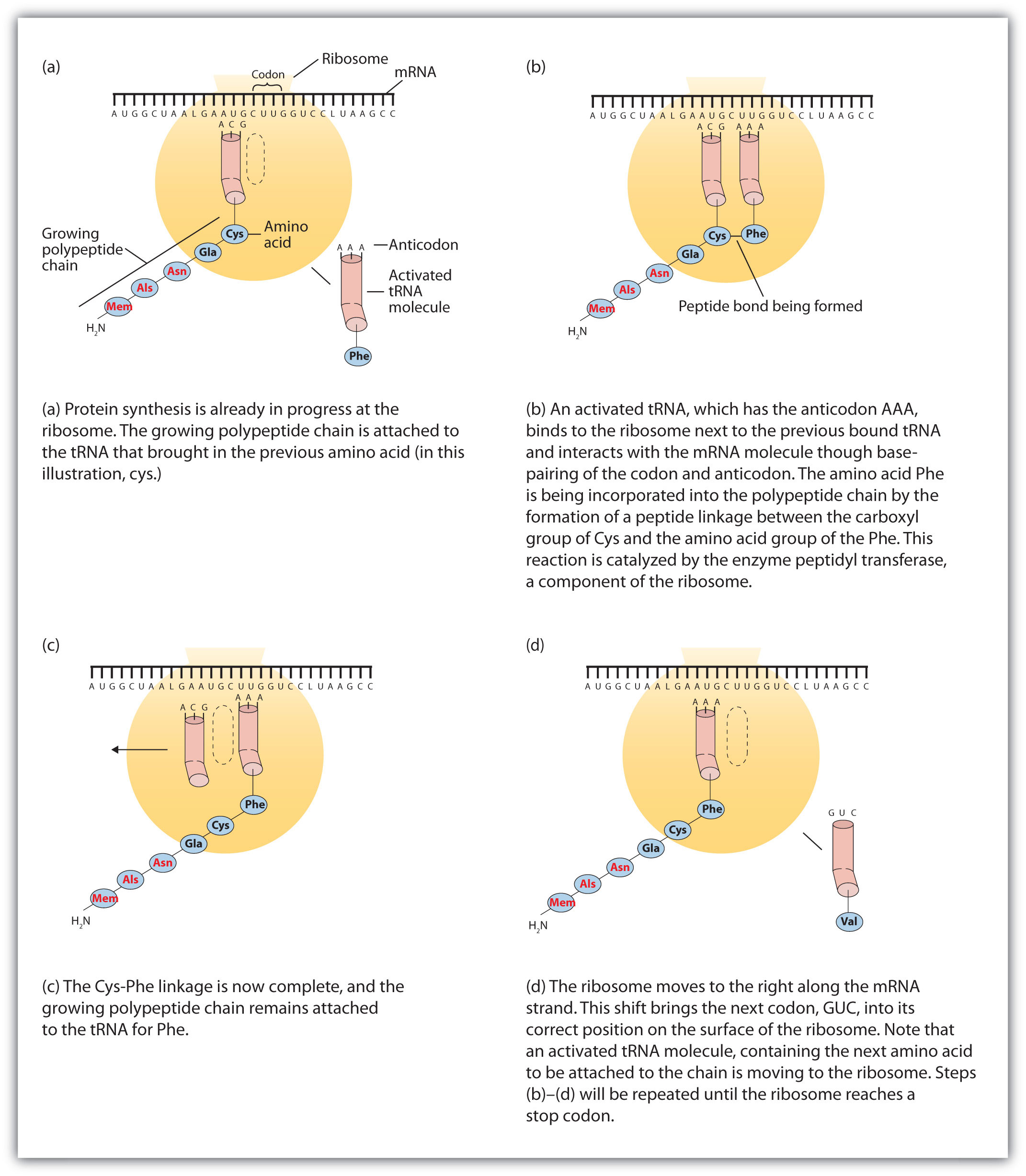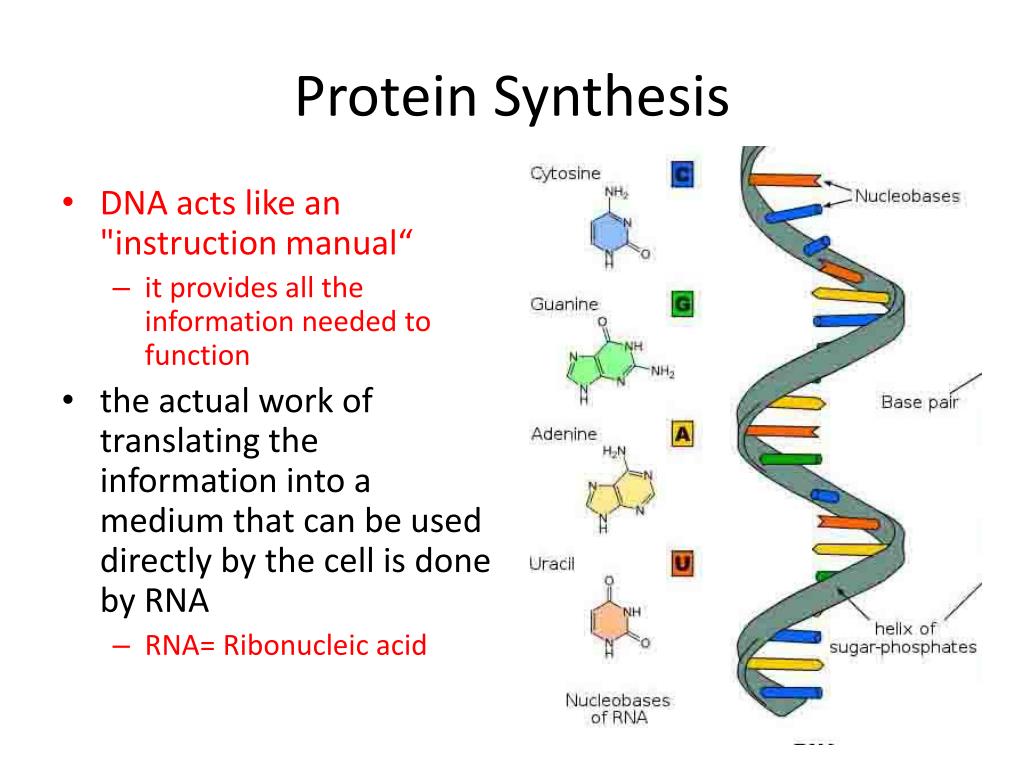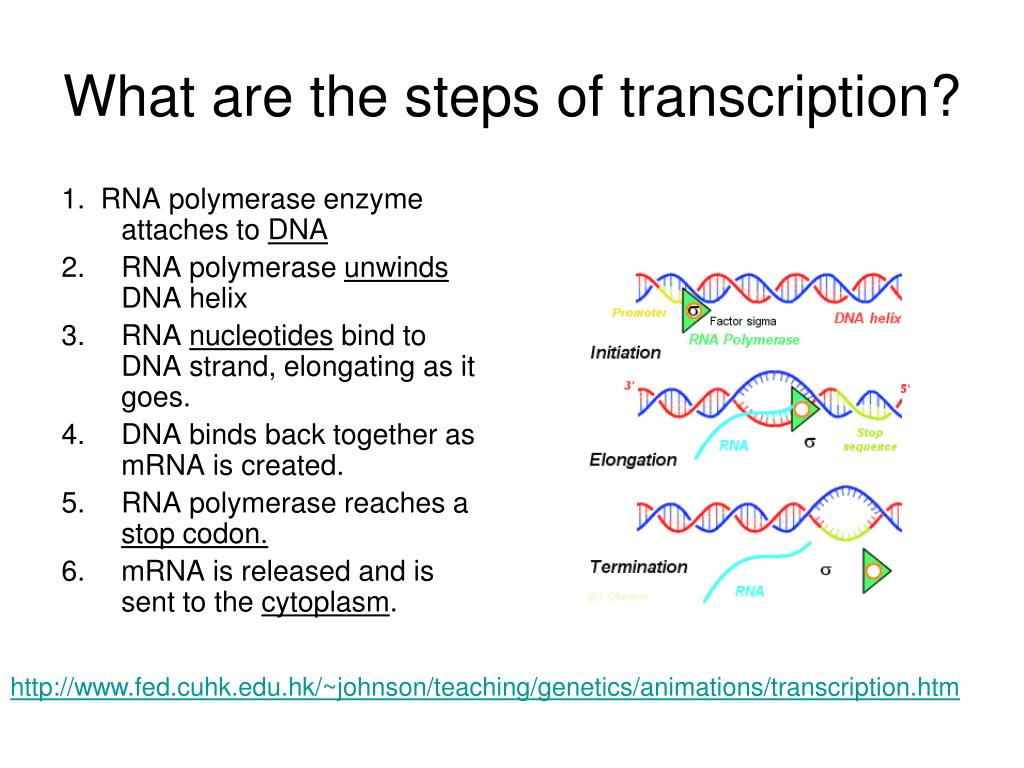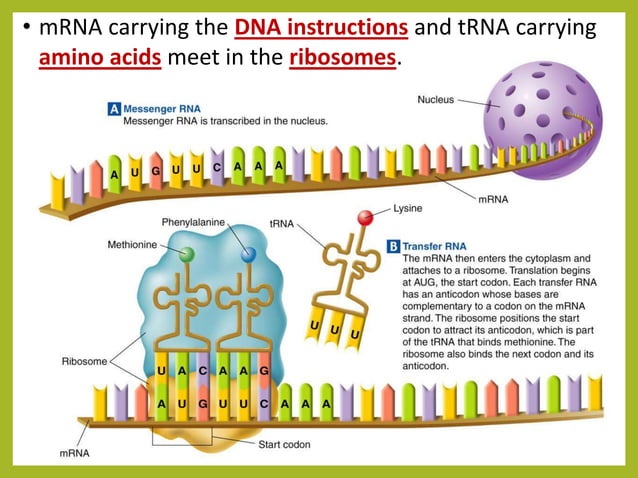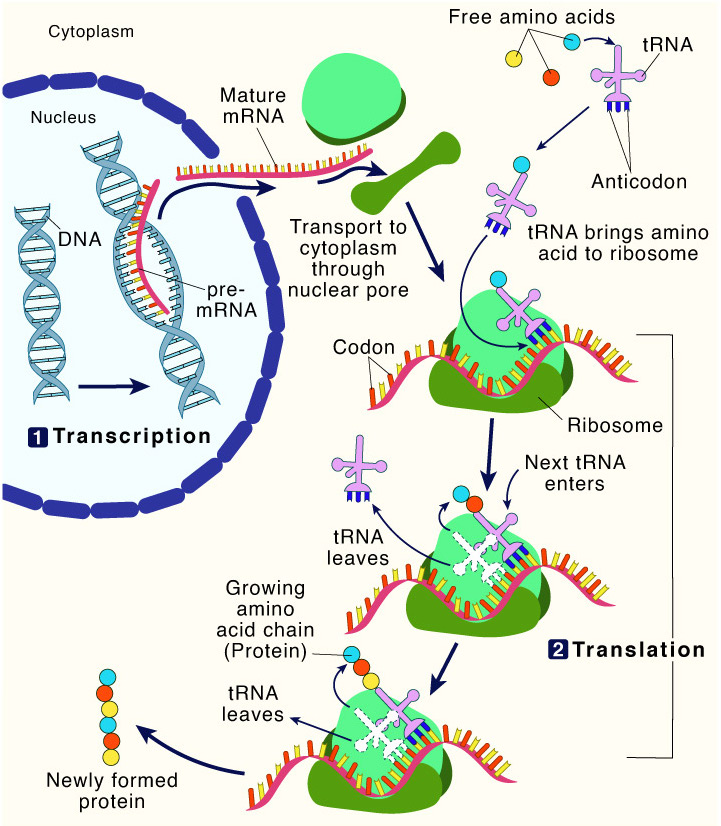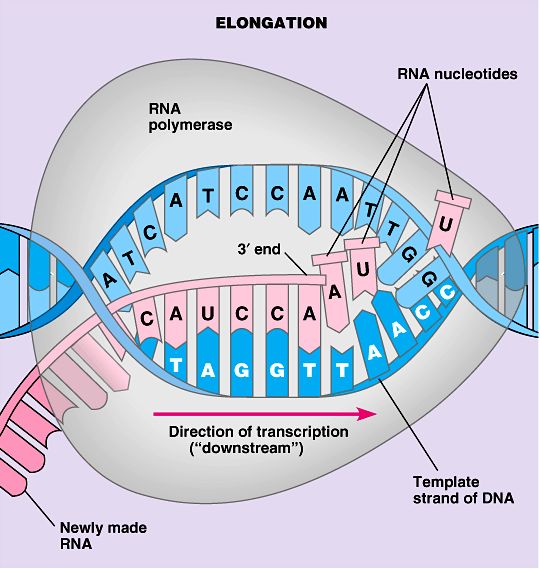What Is The Correct Order For Protein Synthesis

Imagine a bustling kitchen, not filled with chefs and culinary delights, but with intricate molecular machines. These aren't whipping up soufflés, but constructing the very building blocks of life: proteins. Each ingredient, from genetic blueprints to tiny transport vehicles, must arrive in perfect sequence, a precisely choreographed dance to ensure a functional protein emerges. This biological ballet is protein synthesis, a process so fundamental that understanding its steps unlocks the secrets of health, disease, and even evolution itself.
At its core, protein synthesis is the process by which cells build proteins. This is a vital biological process involving a series of carefully orchestrated steps: transcription, RNA processing, and translation. Mastering the correct order of these events is crucial for understanding how our bodies function at the molecular level, paving the way for advancements in medicine and biotechnology.
The Central Dogma: DNA's Directives
The foundation of protein synthesis rests on the Central Dogma of Molecular Biology. Proposed by Francis Crick, it describes the flow of genetic information. It begins with DNA, the master blueprint, which is transcribed into RNA, and finally translated into protein.
Step 1: Transcription – From DNA to mRNA
Transcription is the initial step, where the DNA's genetic code is copied into a messenger molecule called messenger RNA (mRNA). Think of it as making a photocopy of a specific recipe from a vast cookbook.
This process occurs in the nucleus and is facilitated by an enzyme called RNA polymerase. RNA polymerase binds to a specific region of the DNA called the promoter and begins to unwind the DNA double helix.
As RNA polymerase moves along the DNA, it reads the template strand and synthesizes a complementary mRNA molecule. The mRNA molecule is a faithful copy of the DNA sequence, except that it contains uracil (U) instead of thymine (T).
Step 2: RNA Processing – Refining the Message
The newly synthesized mRNA molecule, known as pre-mRNA, is not yet ready for translation. It undergoes several crucial processing steps within the nucleus. These steps ensure the integrity and stability of the mRNA, and prepare it for its journey to the ribosomes.
These processing steps include: 5' capping, where a modified guanine nucleotide is added to the beginning of the mRNA molecule; splicing, where non-coding regions called introns are removed and the coding regions called exons are joined together; and 3' polyadenylation, where a tail of adenine nucleotides is added to the end of the mRNA molecule.
These modifications protect the mRNA from degradation, enhance its translation efficiency, and allow it to be recognized by the protein synthesis machinery.
Step 3: Translation – Decoding the Message
Translation is the final act, where the mRNA's code is deciphered and used to assemble a chain of amino acids, forming a polypeptide – the raw material for a protein. This intricate process takes place in the ribosomes, the protein synthesis workbenches of the cell.
The mRNA molecule travels from the nucleus to the cytoplasm, where it binds to a ribosome. The ribosome reads the mRNA sequence in three-nucleotide units called codons. Each codon specifies a particular amino acid.
Transfer RNA (tRNA) molecules, each carrying a specific amino acid, recognize and bind to the corresponding codons on the mRNA. As the ribosome moves along the mRNA, the tRNA molecules deliver their amino acids, which are then linked together to form a growing polypeptide chain.
The Players: Ribosomes, tRNA, and the Genetic Code
Understanding protein synthesis also requires familiarizing oneself with the key players involved.
Ribosomes, complex molecular machines, provide the platform for translation. tRNA acts as an adapter, bringing the correct amino acid to the ribosome based on the mRNA code. The genetic code itself is a set of rules that dictates which codons correspond to which amino acids.
These elements work in concert to ensure that the protein is assembled accurately and efficiently.
Importance of Accurate Sequencing
The order of these steps is paramount for the correct production of proteins. An error at any stage can lead to non-functional or even harmful proteins.
Consider genetic diseases like cystic fibrosis, often caused by mutations that disrupt protein synthesis. A single mistake in the DNA sequence can lead to a misfolded protein that cannot perform its function, resulting in severe health consequences.
Understanding the intricate steps of protein synthesis allows researchers to target specific stages for therapeutic intervention.
Implications for Medicine and Biotechnology
The knowledge of protein synthesis is a powerful tool in both medicine and biotechnology. Scientists can manipulate the process to produce desired proteins for therapeutic purposes. This capability underpins the production of many life-saving drugs, including insulin for diabetes and growth hormones.
mRNA vaccines, a revolutionary approach to immunization, harness the cell's own protein synthesis machinery. These vaccines deliver mRNA encoding a viral protein, prompting cells to produce the protein and trigger an immune response, offering protection against infection.
Furthermore, a deep understanding of protein synthesis aids in developing new antibiotics that target bacterial protein synthesis, combating antibiotic resistance.
Regulation: A Cell's Symphony of Control
Protein synthesis isn't a process running rampant; it is highly regulated. Cells possess intricate mechanisms to control when and how much of a particular protein is produced.
This regulation occurs at multiple levels, from controlling the rate of transcription to influencing the stability and translation of mRNA. These control mechanisms are crucial for maintaining cellular homeostasis and responding to changes in the environment.
Dysregulation of protein synthesis has been linked to a variety of diseases, including cancer. Cancer cells often hijack the protein synthesis machinery to produce excessive amounts of proteins that promote their growth and survival.
Conclusion: A Continuing Journey of Discovery
Unraveling the intricacies of protein synthesis has been a triumph of modern biology. This has provided unprecedented insights into the workings of life.
From understanding the flow of genetic information to manipulating the process for therapeutic gain, the implications are profound and far-reaching. The journey of discovery continues, with new research constantly refining our understanding of this fundamental process.
The simple knowledge of the correct order in protein synthesis allows us to appreciate the elegance and complexity of life at its most basic level and inspires us to explore the endless possibilities it offers for improving human health and well-being.
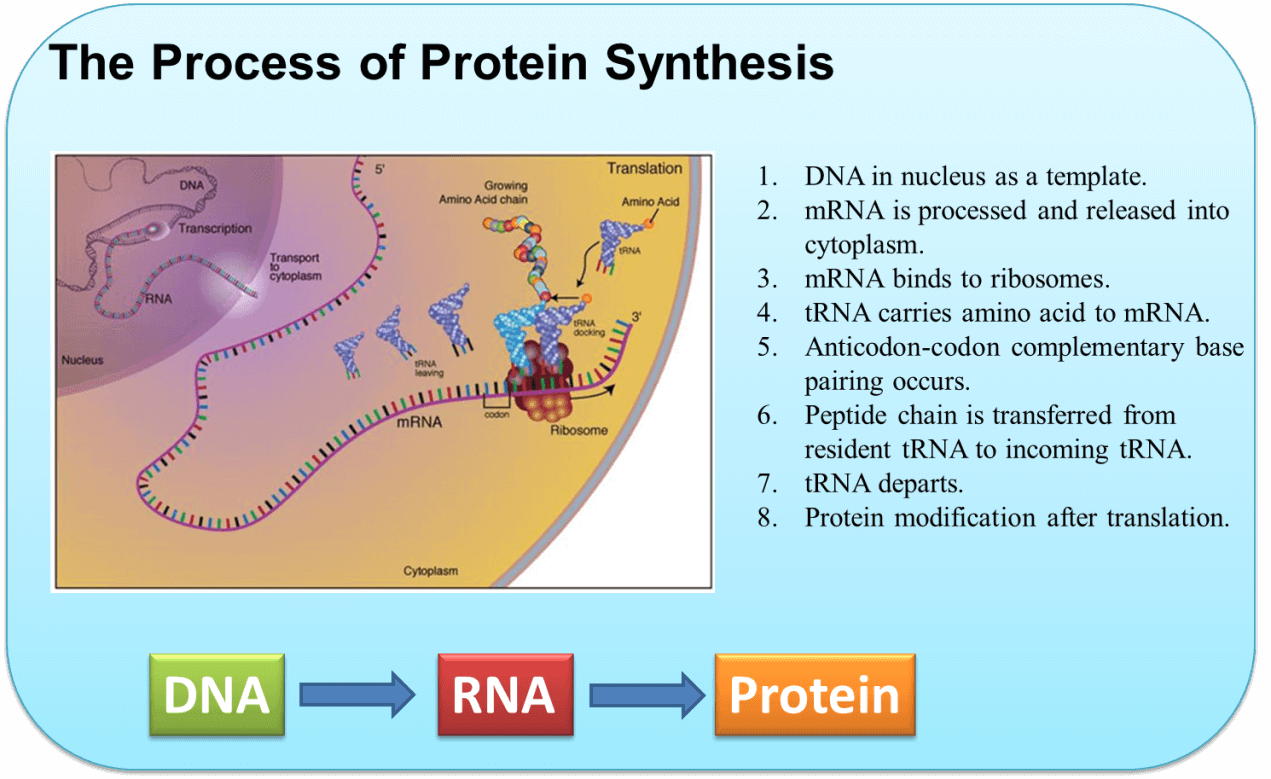
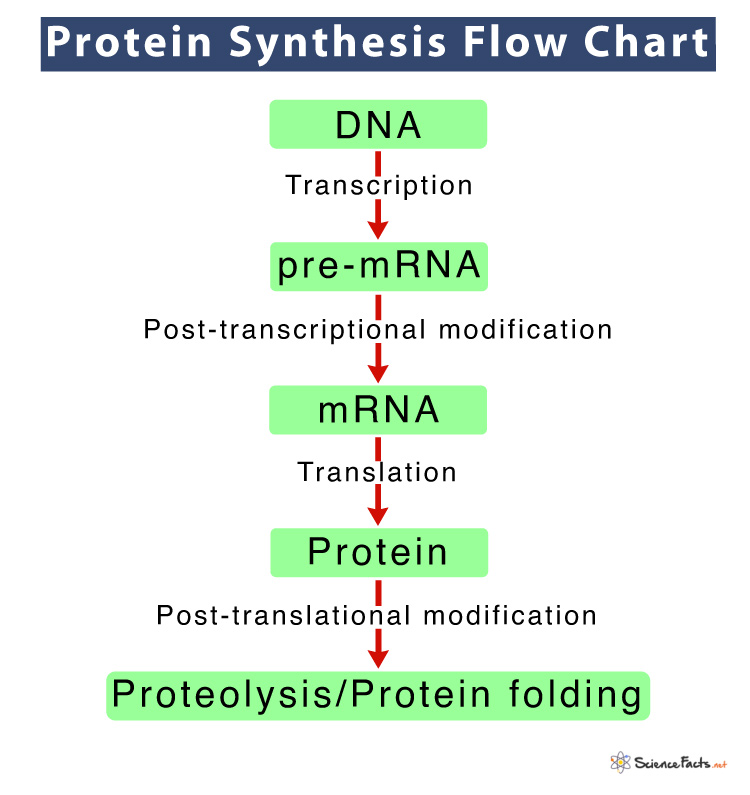

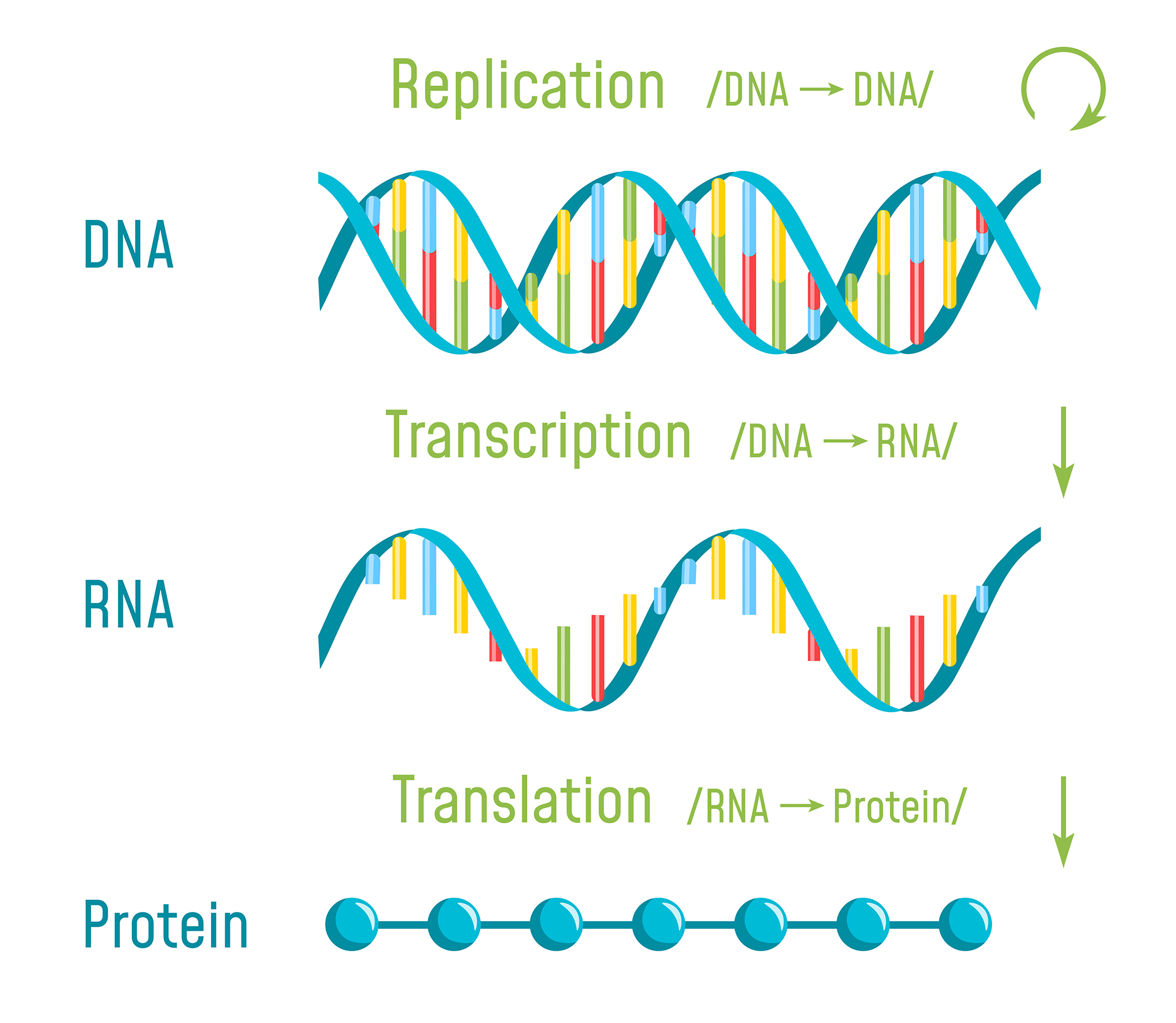

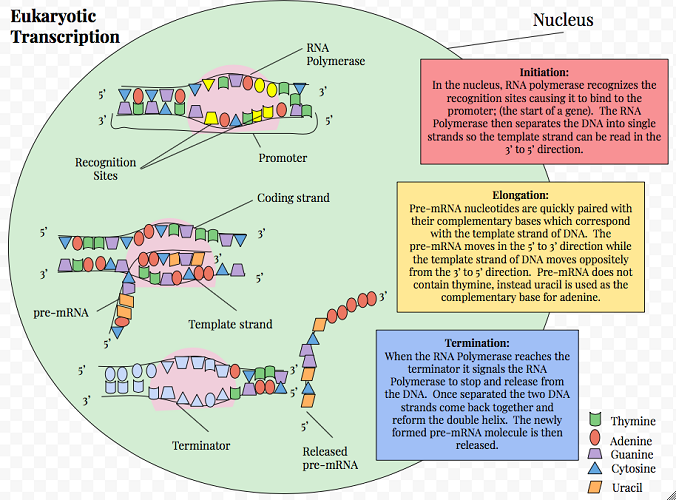
![What Is The Correct Order For Protein Synthesis Unit 5 DNA and Protein Synthesis ] - ppt download](https://slideplayer.com/slide/15742242/88/images/44/Which+of+the+following+shows+the+correct+sequence+of+molecules+involved+in+protein+synthesis.jpg)

